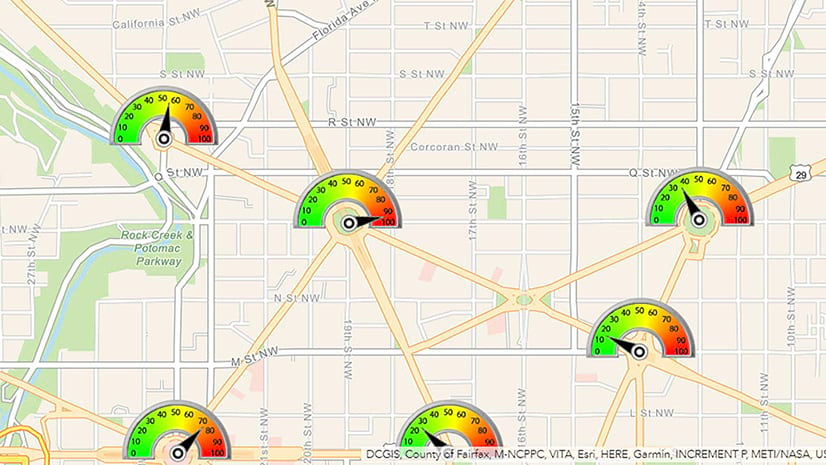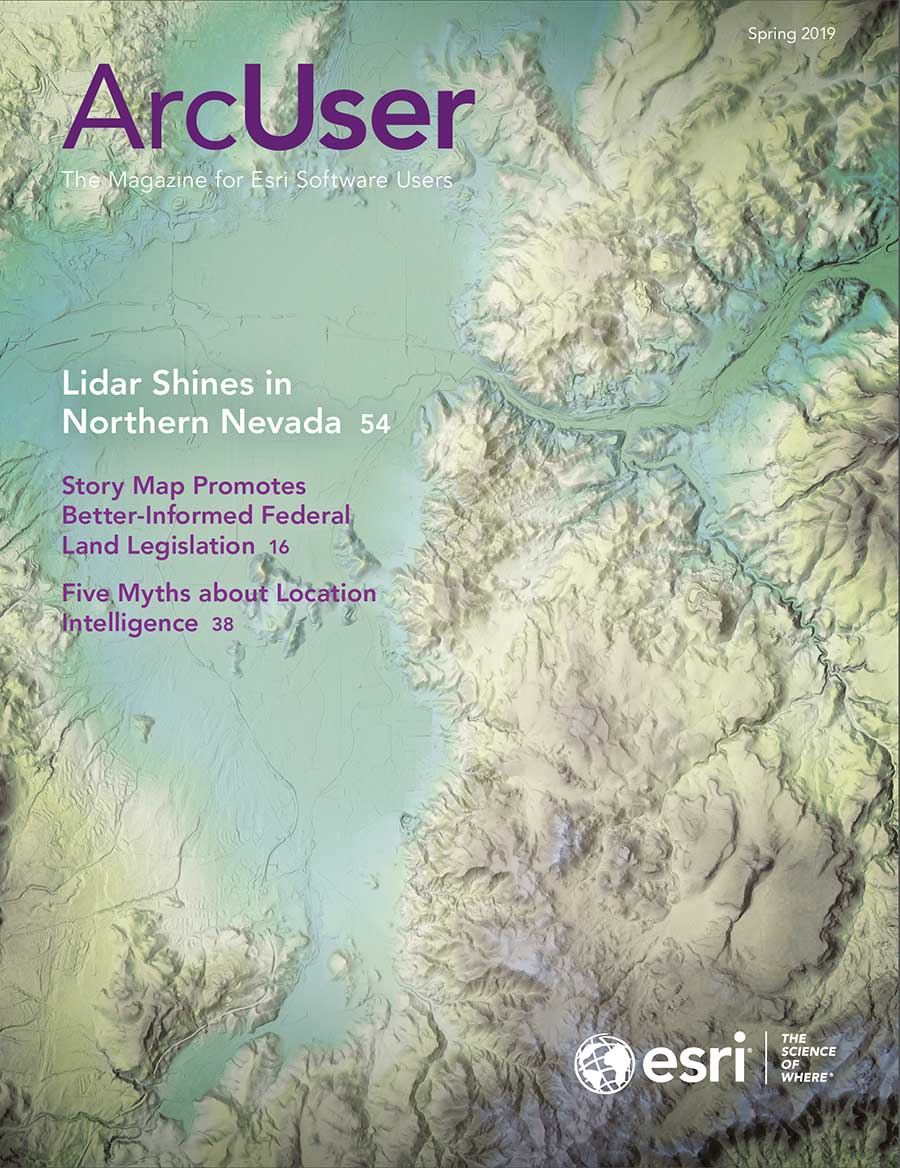“The universe is full of magic things, patiently waiting for our senses to grow sharper.”
Eden Phillpotts, from A Shadow Passes, 1919
It seems that a century later—thanks to GIS—our senses have grown sharper. GIS lets us look beneath the surface and perceive the relationships, patterns, and dependencies of our world. These are realities that would remain hidden in the absence of the geographic framework and integrative powers of GIS. With this knowledge, we can move from a reactive to a proactive approach when facing challenges at scales—both spatial and temporal—that range from global to local and from epic to daily.
Articles in this issue vividly illustrate this. The National Geospatial-Intelligence Agency uses satellite imagery and hydrologic modeling to study the risk to human populations posed by the sudden release of millions of cubic meters of water when a glacier-created dam, melted by the effects of climate change, fails. A GIS team at the University of Arizona, tasked with assessing the effects of legislation that would rapidly dispose of federal landholdings, shared its GIS-based analysis and made its findings more accessible using an Esri Story Maps app. By moving from a paper-based, manual workflow to one that is digital and uses field apps linked to the city’s GIS, the City of Fort Worth, Texas, now knows the condition of its streets, storm drains, and other assets and the status of its work orders in near real time, saving the city time and money while providing its residents with a higher level of service.
The ability of GIS to support evidence-based and results-oriented processes has expanded with the Esri Geospatial Cloud. Web connectivity, combined with elastic cloud computing, lets organizations access a wealth of geographic information and harness powerful analytical tools that incorporate artificial intelligence, and then share the information products generated as maps and lightweight apps. Furthermore, the geospatial cloud enables a geodesign approach to policy that takes a long-term view, iteratively models various policies, assesses their consequences, and promotes collaboration to help us better protect what is important to us.


